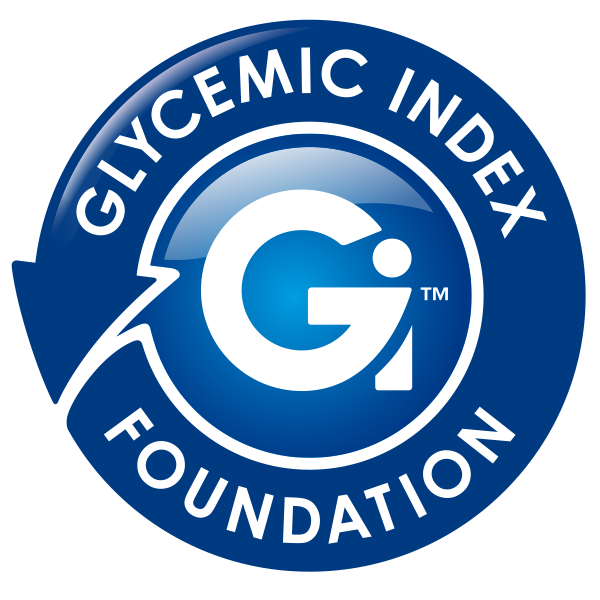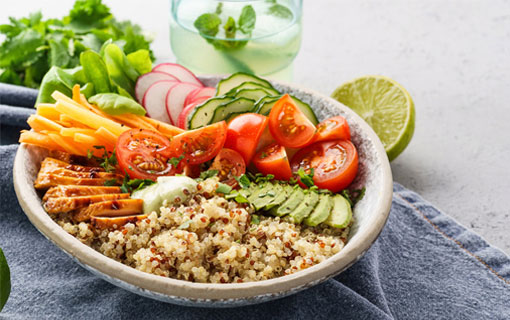Become Low GI Certified
As the only independent worldwide GI certification program, the GI Symbol is a powerful tool for consumers to quickly and reliably make healthy food choices.
For your product to be certified with the GI Symbol, it will need to have the glycemic index determined by being tested at an accredited laboratory and meet strict nutrient criteria.
For each product you will be required to provide:
- A completed application form
- The product’s Glycemic Index ISO standard test report
- A nutritional analysis of the product
- The nutritional information panel
- The ingredients list
- Any existing promotional or packaging material
For more information on the Low GI Symbol Certification please contact info@gifoundation.org.au
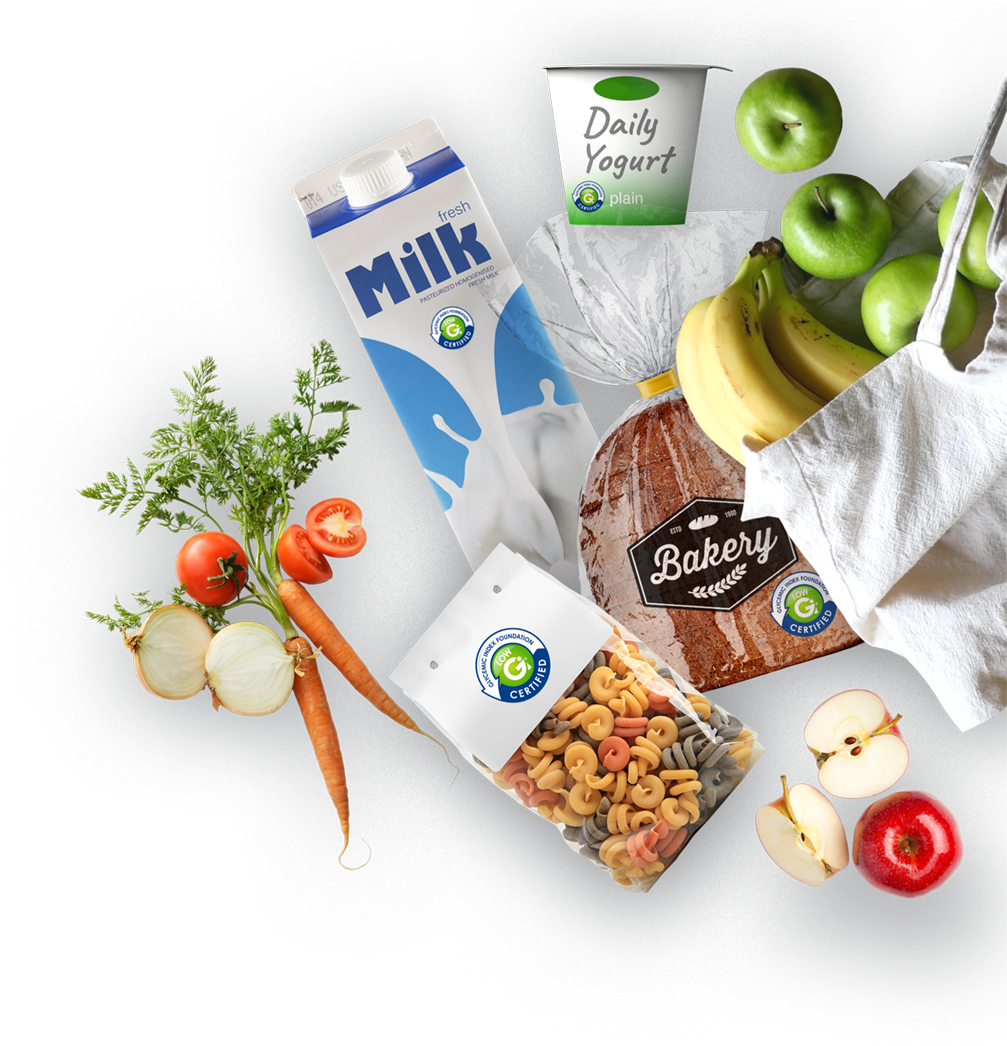
Step One
Product Testing
To have a product certified by the Glycemic Index Foundation and be eligible to carry the low GI Symbol on packaging and promotional material, each product needs to be tested by an independent laboratory based on the international standards for Gl determination.
GI testing & laboratories
The GI values of foods must be measured using valid scientific methods. It cannot be guessed by looking at the ingredients or composition of the food. Currently, only a few nutrition research groups around the world provide a legitimate testing service. The Glycemic Index Foundation recommends the following laboratories that test to the International Standard (ISO 26642:2010):
Find a testing lab
Please contact the laboratories directly for costs, requirements and testing timelines as they operate independently of the Foundation.
Testing Laboratories
AUSTRALIA AND NEW ZEALAND
- The University of Sydney’s Glycemic Index Research Service (SUGIRS) – Australia
- GI NZ Research Centre – New Zealand
ASIA
- Temasek Polytechnic
- Clinical Nutrition Research Centre
- China National Research Institute of Food and Fermentation Industries Centre
NORTH AMERICA
UK AND EUROPE
AFRICA
SUGIRS
The University of Sydney’s Glycemic Index Research Service (SUGIRS)
Camperdown NSW 2006
VISIT WEBSITE
Glycaemic Index Otago
The University of Otago in New Zealand
7n8, Level 7, Science 2 Building
70 Union Street West, Dunedin 9016
VISIT WEBSITE
Clinical Nutrition Research Centre
14 Medical Drive #07-02, MD 6 Building,
Yong Loo Lin School of Medicine, Singapore 117599
VISIT WEBSITE
Temasek Polytechnic
East Wing, Block 1A, Level 1, Unit 83
21 Tampines Ave 1, Singapore 529757
VISIT WEBSITE
China National Research Institute of Food and Fermentation Industries Centre
Building 6, No. 24, Jiuxianqiao Middle Road,
Chaoyang District, Beijing
VISIT WEBSITE
Oxford Brookes University
Headington Rd, Headington,
Oxford OX3 0BP, UK
VISIT WEBSITE
INQUIS Research Ltd
20 Victoria St 3rd floor,
Toronto, ON M5C 2N8, Canada
VISIT WEBSITE
The GI Foundation of SA
Step Two
Product Eligibility and Nutrient Criteria
To be eligible, foods must:
- Contain at least 7.5g carbohydrate per serve, OR be ≥ 80% carbohydrate and be traditionally served in multiple units of small serve sizes (eg. nutritive sweeteners) as part of one meal or snack
- Have had their GI determined using the International Standards organisation methodology (ISO 26642:2010)
- Have a nutritional composition that meets the required Nutrient Criteria for the appropriate food category (see below)
- Meet the requirements of the Glycemic Index Foundation’s Glycemic Index Testing Policy
Specific Nutrient Criteria
Cereal grains and products
| Fat | ≤ 15 g/100g, provided that saturated fat is ≤ 5 g/100 g |
| Carbohydrate | 45 g per serve, or less |
| Sodium | 450 mg/100 g or less |
| Dietary fibre | 3 g/100 g or more |
Breakfast Cereals (Including muesli, bran based cereals, clusters, oat based cereals etc)
| Fat | ≤ 10 g/100g, provided that saturated fat is ≤ 3.3 g/100 g (or up to 15g/100g if the source of saturated fat is grains, seeds or nuts). |
| Carbohydrate | 45 g per serve, or less |
| Sodium | 400 mg/100 g or less |
| Dietary fibre | 3 g/100 g or more |
Bran
| Fat | ≤ 10 g/100g, provided that saturated fat is ≤ 3.3 g/100 g |
| Carbohydrate | 45 g per serve, or less |
| Sodium | 400 mg/100 g or less |
| Dietary fibre | 3 g/100 g or more |
Breakfast biscuits
| Energy | 2,200 kJ per serve, or less |
| Saturated Fat | No more than 33% of total fat content |
| Carbohydrate | 45 g per serve, or less |
| Sodium | 400 mg/100 g or less |
| Dietary fibre | 3 g/100 g or more |
Bakery Products
Includes cakes, muffins, slices, fruit pies, pikelets, pancakes, crumpets, waffles, hotcakes, breakfast cereal bars and fruit-filled bars, and sweet biscuits (fresh, frozen or made from packet mix).
| Energy | ≤ 1500 kJ per 100 g or ≤ 750 kJ per serve. |
| Fat | ≤ 10 g/100g, provided that saturated fat is ≤ 3.3 g/100 g |
| Carbohydrate | 35 g per serve, or less |
| Sodium | 400 mg/100 g or less |
| Dietary fibre | 3 g/100 g or more |
Muesli bars (grain and cereal based bars e.g. oats, quinoa, nuts, dried fruit)
| Energy | ≤ 1700 kJ per 100 g or ≤ 550 kJ per serve. |
| Saturated Fat | No more than 40% of total fat content |
| Carbohydrate | 35 g per serve, or less |
| Sodium | 300 mg/100 g or less |
| Dietary fibre | 3 g/100 g or more |
Plain Grains, Flours and Pasta
All acceptable (eg. oats, pasta, noodles, rice, couscous, polenta, wheat, barley, burghul, tapioca, sago, quinoa).
Filled Pasta (e.g. ravioli), Instant/Savoury Noodles, Combined Pasta and Sauce Mixes, savoury and flavoured rice, quinoa or other grains served as an accompaniment to main meals e.g. rice/grain and vegetable mixes, microwave flavoured rice’s.
These nutrient limits apply to the cooked products, ready for consumption.
| Fat | ≤ 10 g/100g, provided that saturated fat is ≤ 3.3 g/100 g |
| Carbohydrate | 60 g per serve, or less |
| Sodium | 350 mg/100 g or less |
Nuts, legumes and products
Nuts and seeds
| Fat | Partially hydrogenated fat, or trans fat ≤ 0.2g/100g |
| Carbohydrate | 35 g per serve, or less |
| Sodium | 200 mg/100 g or less |
Dried legumes
All acceptable.
Canned, Vacuum-packed / Shelf stable e.g. baked beans
| Fat | ≤ 10 g/100g, provided that saturated fat is ≤ 3.3 g/100 g |
| Carbohydrate | 45 g per serve, or less |
| Sodium | 300 mg/100 g or less |
Tofu, Tempeh, and TVP (textured vegetable protein) – based Products
| Fat | ≤ 10 g/100g, provided that saturated fat is ≤ 3.3 g/100 g |
| Carbohydrate | 45 g per serve, or less |
| Sodium | 450 mg/100 g or less |
Fresh fruit and fruit products
All fresh fruits acceptable.
| Fat | No added fat, unless used as a processing aid (< 5 g /100 g) |
| Carbohydrate | 35 g per serve, or less |
Dried Fruit Bars
For example, dried fruit bars and fruit straps.
| Fat | ≤ 10 g/100g, provided that saturated fat is ≤ 3.3 g/100 g |
| Carbohydrate | 35 g per serve, or less |
| Sodium | no added sodium |
| Dietary fibre | 3 g/100 g or more |
| Energy | ≤ 1100 kJ/100g or ≤ 500 kJ/serve |
Fruit or Vegetable juice
100% fruit juice or 100% fruit/vegetable juice blend (1 serve = 125 mL)
| Carbohydrate | ≤35 g per serve or glycemic load 19 g/% per serve, or less |
| Sodium | 220 mg/100 g or less |
| Energy | ≤ 375 kJ per serve |
Fruit and Nut Mix – combination of dried fruit (typically sultanas, currants or raisins) and nuts
| Energy | ≤ 870 kJ per serve. |
| Fat | Partially hydrogenated fat, or trans fat ≤ 0.2g/100g |
| Carbohydrate | 35 g per serve, or less |
| Sodium | 200 mg/100 g or less |
| Dietary fibre | 3 g/100 g or more |
Trail Mix (Gorp or Scroggin) – combination nuts, seeds and mixed dried fruit
| Energy | ≤ 1700 kJ per 100 g or ≤ 550 kJ per serve. |
| Fat | 15g/100gorless |
| Saturated Fat | No more than 33% of total fat content |
| Carbohydrate | 35 g per serve, or less |
| Sodium | 300 mg/100 g or less |
| Dietary fibre | 3 g/100 g or more |
Fresh vegetables and vegetable products
Fresh, Frozen, or Dried Vegetables
All fresh vegetables acceptable.
| Fat | No added fat, unless used as a processing aid (5 g/100 g or less, or 5 – 10 g/100g, provided that saturated fat is ≤ 3.3 g/100 g) |
| Carbohydrate | 45 g per serve, or less |
| Sodium | No added sodium |
Canned Vegetables With or Without Sauce
| Fat | 5 g/100 g or less, or 5 – 10 g/100g, provided that saturated fat is ≤ 3.3 g/100 g |
| Carbohydrate | 45 g per serve, or less |
| Sodium | 300mg /100 g or less |
Milk, dairy products and alternatives
| Fat | 2 g/100 g or less, or 2-4 g /100 g, provided that saturated fat is ≤ 33% of total fat |
| Carbohydrate | 35 g per serve, or less |
| Calcium | 100 mg/100 g or more |
Soy and Alternative Beverages
| Fat | 2 g/100 g or less, or 2-4 g /100 g, provided that saturated fat is ≤ 33% of total fat |
| Carbohydrate | 35 g per serve, or less |
| Calcium | 100 mg/100 g or more |
Evaporated Milk
| Fat | 4 g/100 g or less |
| Carbohydrate | 35 g per serve, or less |
Frozen Dessert, Ice Cream, Frozen Yoghurt, Gelato, Sorbet, Mousse, Custard
| Energy | ≤ 350 kJ / 100 mL (or 50 g) |
| Protein | ≥ 1 g / 100 mL (or 50 g) |
| Fat | 5 g/100 mL (or 50 g) or less, or 5 – 10 g/100 mL if saturated fat ≤ 33 % of total fat content |
| Carbohydrate | 35 g per serve, or less |
| Calcium | ≥65mg/100mL(or50g) |
Yoghurt, Soy Yoghurt, or Fromage Frais
| Energy | ≤ 350 kJ /100 g |
| Fat | 5 g/100 g or less, or 5 – 10 g/100g, provided that saturated fat is ≤3.3 g/100 g |
| Carbohydrate | 35 g per serve, or less |
| Calcium | 100 mg/100 g or less |
Snack foods
| Fat | 5 g/100 g or less, or 5 – 10 g/100g, provided that saturated fat is ≤3.3 g/100 g |
| Carbohydrate | 35 g per serve, or less |
| Sodium | 500 mg /100 g or less |
Sports drinks and sports bars
(should be isotonic or hypotonic, ie. sodium and sugar content equal to or less than that of blood)
| Carbohydrate | 4 – 8 g /100 mL |
| Sodium | ≤ 25 mmol / L |
Sports Bars and Miscellaneous Sports Products
| Energy | ≤1700kJper100gor≤550kJperserve. |
| Carbohydrate | 35 g per serve, or less |
| Saturated fat | No more than 33 % of total fat content |
| Dietary fibre | 3 g/100g or more |
| Sodium | 300 mg/100 g or less |
Formulated meal replacements
eg. Sustagen, Glucerna.
For appropriate medical and/or nutritional purposes.
All that are acceptable under the Food Standards Code.
Beverages
| Energy | 1,400 kJ per serve, or less |
| Fat | 5 g/100 g or less, or 5 – 10 g/100g, provided that saturated fat is ≤3.3 g/100 g |
| Carbohydrate | 45 g per serve, or less |
| Sodium | 75 mg/100 mL or less |
| Dietary fibre | 3.3 g/1000 kJ or more |
Milk Fluid and Dried (as reconstituted) and Dairy Drinks (plain and flavoured)
see section 5
Fruit or Vegetable juice
see section 3
Convenience foods
| Fat | Saturated:unsaturated fat ratio of 1:2, or less |
| Carbohydrate | 45 g per serve, or less |
| Sodium | 900mg per serve, or less |
Prepared Salads (potato, bean or pasta-based)
| Fat | Saturated:unsaturated fat ratio of 1:2, or less |
| Carbohydrate | 45 g per serve, or less |
| Sodium | 320mg per serve, or less |
Pre-prepared/ready-to-eat Meals (frozen, canned or fresh)
eg. Pasta dishes, casseroles with rice/potato, curry and rice, stir-fry meals and rice, TV dinners, etc…
| Energy | 2,200 kJ per serve, or less |
| Carbohydrate | 60 g per serve, or less, or glycemic load 30 g/% per serve, or less |
| Protein | 10 g per serve, or more |
| Fat | 21 g per serve, or less |
| Saturated Fat | 7 g per serve, or less |
| Dietary Fibre | 3 g per serve, or more |
| Sodium | 900mg per serve, or less |
Meat Pies, Pasties, Sausage Rolls, Pizza, Filled wraps, sandwiches and rolls etc…
| Fat | 5 g/100 g or less, or 5 – 10 g/100g, provided that saturated fat is ≤ 3.3 g/100 g |
| Carbohydrate | 60 g per serve, or less, or glycemic load 30 g/% per serve, or less |
| Sodium | 350 mg/100 g or less |
Miscellaneous
Eg. pasta, cook-in sauces, HP sauce, tomato sauce, chutney, relish, pickle, etc.
| Fat | 5 g/100 g or less, or 5 – 10 g/100g, provided that saturated fat is ≤ 3.3 g/100 g |
| Carbohydrate | 35 g per serve, or less |
| Sodium | 450 mg/100 g or less |
Formulated Supplementary Foods (as reconstituted)
Eg. Milo, etc…
| Fat | 2 g / 100 g or less, or 2 – 4 g / 100 g if saturated fat is < 33% of total fat |
| Carbohydrate | 35 g per serve, or less |
| Sodium | 400 mg / 100 g or less |
Sandwich Spreads
Eg. peanut butter, honey, jam, marmalade.
| Carbohydrate | 15 g per serve or less |
| Saturated Fat | If total fat more than 5 g/100g, then saturated fat no more than 31 % of total fat content |
| Trans fat | No more than 2 % of total fat content |
| Sodium | 350 mg /100 g or less |
Dips
| Fat | 10 g/100 g or less |
| Carbohydrate | 35 g per serve, or less |
| Sodium | 450 mg/100 g or less |
GENERAL (for all other foods not specifically excluded)
| Fat | 5 g/100 g or less, or 5 – 10 g/100g, provided that saturated fat is ≤3.3 g/100 g |
| Carbohydrate | 60 g per serve, or less |
| Sodium | 450 mg/100 g or less |
Step Three
Complete Your Application Form
Please download and complete the Application form.
Once complete you can proceed to Step 4 to upload the form and other documentation, or you can contact us at info@gifoundation.org.au if you have any further questions.
Step Four
Upload Your Supporting Documents
Once your product has passed eligibility and testing, make sure to upload all supporting documents below:
Application Form
Upload your completed and signed form from Step 3 here
ISO Standard Test Report
Upload the product’s Glycemic Index ISO Standard Test Report here
Nutritional Analysis
Upload the nutritional analysis of the product here
NIP
Upload the product’s nutritional information panel here
Ingredient List
Upload the product’s full list of ingredient here
Images
Any existing promotional or packaging material can be uploaded here
Recommended for you
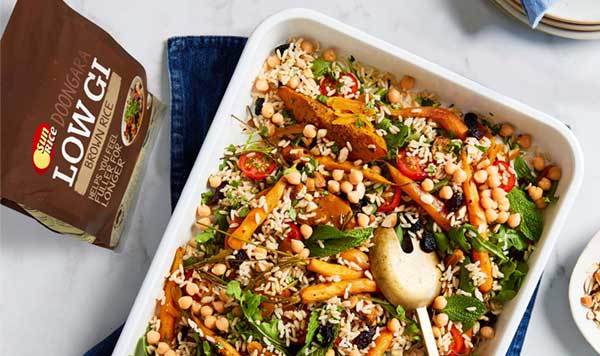
RECIPES
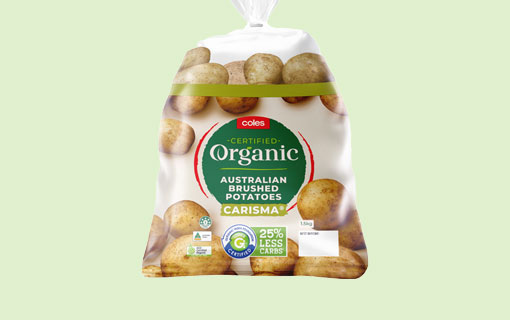
GI CERTIFIED PRODUCTS
DIABETES
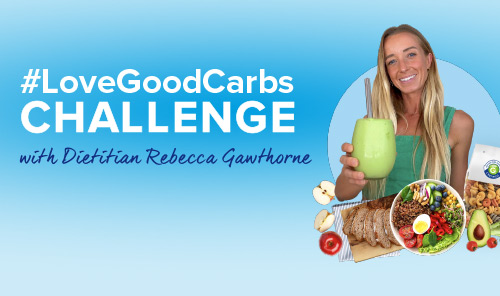
LOW GI LIVING

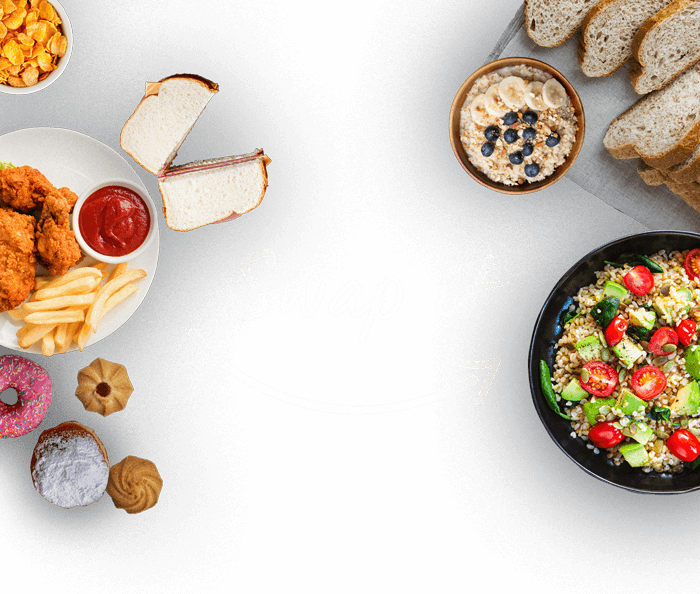
A low GI diet focuses on the quality of carbohydrates you eat. Good carbohydrates (or low GI carbohydrates) are more slowly digested helping keep your blood sugars stable, whereas bad carbohydrates cause your blood glucose levels to peak and crash. Want to know which carbohydrates are best for you? Try our swap it tool!
